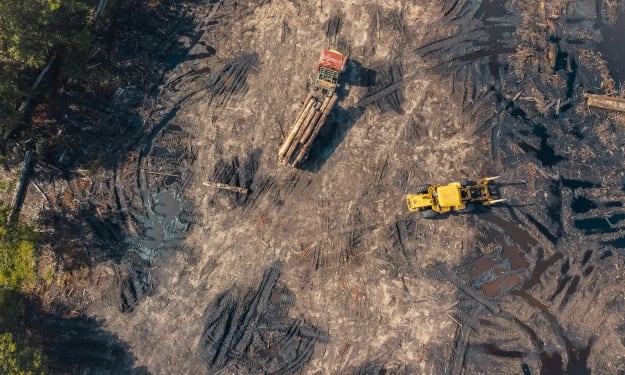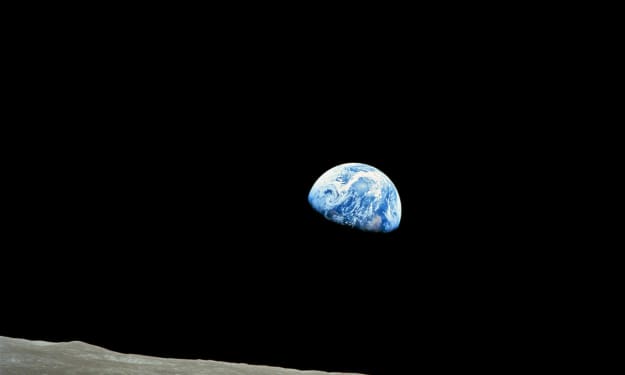
Green city is a term that describes a sustainable and environmentally conscious urban area. It's a city that prioritizes reducing its ecological footprint by implementing eco-friendly practices, such as using renewable energy sources, promoting public transportation, reducing waste, and increasing green spaces like parks and gardens.
A green city aims to improve the quality of life for its residents while minimizing the negative impact on the environment. This can be achieved through various initiatives like recycling programs, green building designs, urban farming, and sustainable infrastructure.
The benefits of a green city are numerous, including cleaner air and water, reduced greenhouse gas emissions, improved public health, increased biodiversity, and a stronger sense of community. As climate change and environmental issues become more pressing, the concept of a green city is becoming increasingly popular as a model for sustainable urban development.
The term "green city" refers to a sustainable and environmentally conscious urban area that prioritizes eco-friendly practices such as renewable energy, public transportation, reducing waste, and increasing green spaces. A green city aims to improve the quality of life for its residents while minimizing negative impacts on the environment. The benefits of a green city include cleaner air and water, reduced greenhouse gas emissions, improved public health, increased biodiversity, and a stronger sense of community. As climate change and environmental issues become more pressing, the concept of a green city is becoming increasingly popular as a model for sustainable urban development.
A green city is a concept that has been gaining traction in recent years as the world becomes more aware of the pressing need to address environmental issues and climate change. A green city is a sustainable and environmentally conscious urban area that prioritizes reducing its ecological footprint while improving the quality of life for its residents.
One of the key features of a green city is the use of renewable energy sources. This means moving away from fossil fuels and towards solar, wind, and hydropower. The city may also encourage energy efficiency through building designs that minimize energy consumption and the use of smart grids that enable better management of energy resources.
Another important aspect of a green city is promoting public transportation. This can include investing in electric buses, trams, and trains, as well as bike lanes and pedestrian-friendly streets. The aim is to reduce the number of cars on the road, which contributes to air pollution and traffic congestion, while making it easier for people to get around the city.
Green cities also prioritize reducing waste by promoting recycling and composting. This can involve curbside recycling programs, community composting initiatives, and incentivizing businesses to reduce their waste output. Reducing waste not only helps to keep the city clean, but it also reduces the amount of waste that ends up in landfills, which is a major source of greenhouse gas emissions.
Another important feature of a green city is increasing green spaces. This means creating more parks, gardens, and other green areas that help to improve air quality and provide spaces for recreation and relaxation. These green spaces can also help to combat the urban heat island effect, which can make cities significantly hotter than their surrounding rural areas.
Overall, a green city aims to balance economic growth and development with environmental sustainability. It promotes a holistic approach to urban planning that considers the impact of decisions on the environment, social equity, and economic prosperity. As climate change continues to be an urgent issue, the concept of a green city is becoming increasingly important as a model for sustainable urban development.
About the Creator
sads
1. Create a budget: Make a plan for your income and expenses to know where your money is going.
2. Save regularly: Try to save a portion of your income every month, even if it's a small amount.
Enjoyed the story? Support the Creator.
Subscribe for free to receive all their stories in your feed. You could also pledge your support or give them a one-off tip, letting them know you appreciate their work.






Comments
There are no comments for this story
Be the first to respond and start the conversation.